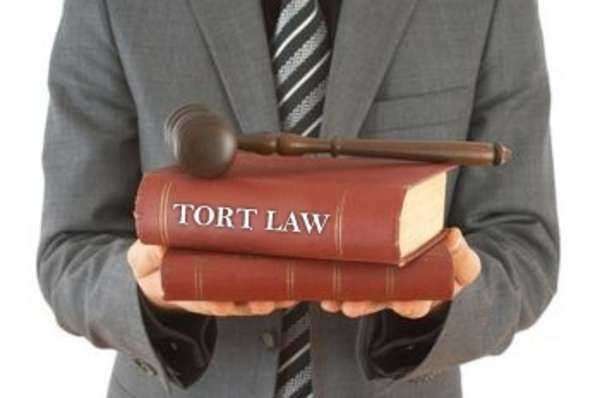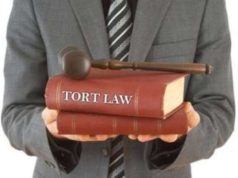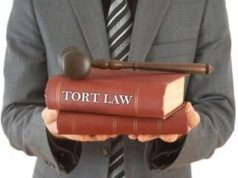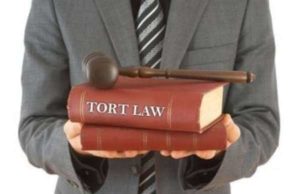
Domestic Relations is an evolving area of Tort Law which deals with a family's inner workings. The evolution of Domestic Relations Tort has not only shaped the way that family's may collect for damages or interference to the family unit itself resulting from tortious conduct; it has shaped the way husbands, wives, children and legal guardians are viewed as legal entities.
Originally, under common law, children and wives were treated as chattels and functioned under a man's proprietary rights. In the 1900's, several advances in Family Law provided for the legal rights of women and children to act as distinct legal entities from their husbands/fathers.
Torts in the Family:
In early family law, tort law recognized a similar right to sue much like Secondary Liability, in which a superior may act on behalf of his or her inferior/subordinate. This application of proprietary rights to family law cases allowed husbands and fathers to recover damages for injuries to members of his family from tortfeasors. The grounds by which a husband or father could recover for his family included a loss of "services" from his wife or child. The "services" therein usually included household duties such as cleaning, child care, companionship and other "marital responsibilities" no longer available from the wife or child.
Vicarious Liability:
The court system held the family unit as a collective identity, despite the separate legal identities of the parties therein. The interests and relations of the family unit are considered proprietary to a degree and "by right". Thus, any interference or intervention that alters, changes, infringes or jeopardizes the family unit is potentially tortious interference in family law. Interference with Family Relations, importantly, can take place between members of the respective family unit. For example, a husband may be liable for Interference with Family Relations with regard to the relations of his wife and child.
Interference with Family Relations:
An especially difficult topic of tort law is that of family torts in domestic relations. The reason for this being that the structure of the family itself and its workings are often at the core of the arguments put forth by the plaintiff and defendant. Torts in the family may relate to tortious action between husband and wife, or parent and child. Tort in the family may also include vicarious liability and negligence on behalf of the parent or legal guardian for tortious actions committed by a minor under the legal guardianship of an adult party
Injuries to Family Members:
Vicarious Liability is a secondary liability that renders superior parties responsible for the actions of their subordinate parties. Torts raised against legal subordinates thus are vicariously transferred to the superior party for litigation purposes. In Domestic Relations tort, this normally means that parents are responsible for tortious offenses committed by their children. This Vicarious Liability also extends toward Legal Guardians, who are vicariously liable for the tortious actions of their juvenile wards.






















